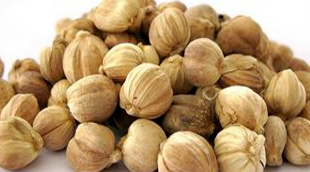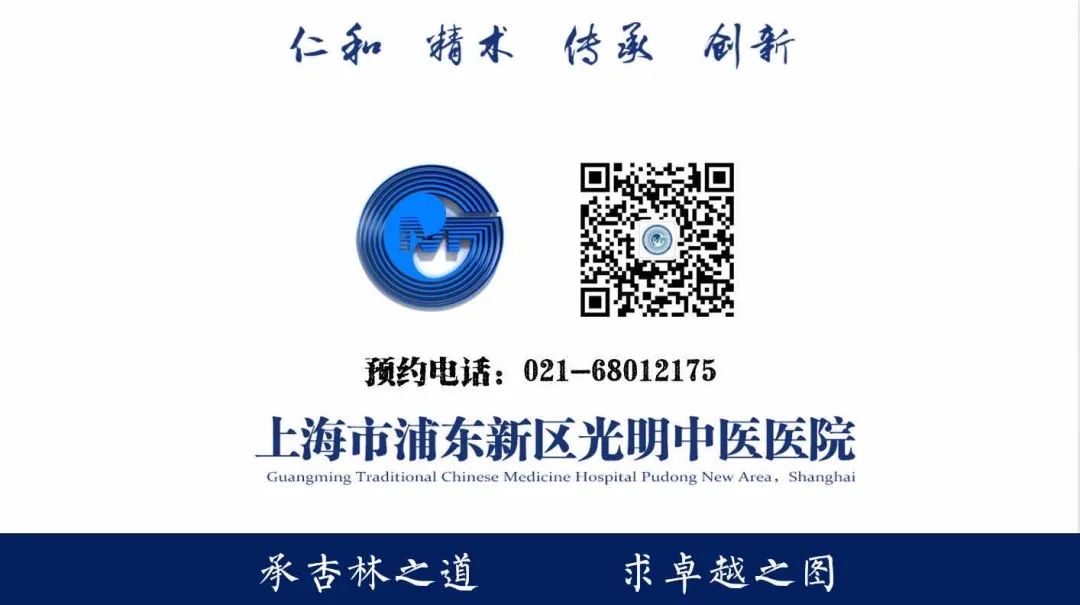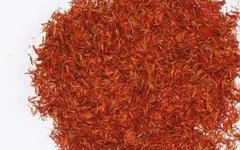
Click the blue text above to follow us.
Honghua (Safflower)
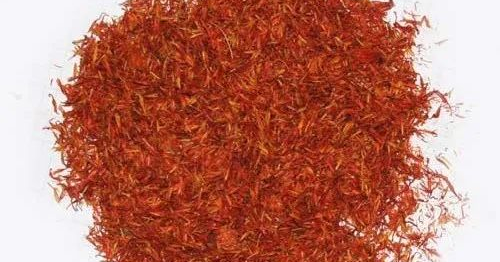
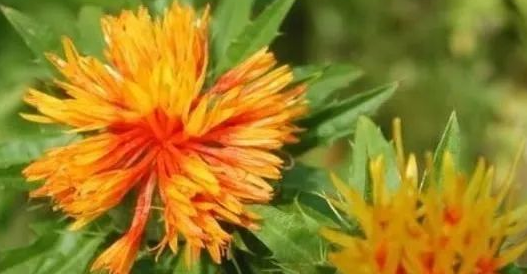
Swipe to see more
1
Also known as Honglanhua, it was first recorded in the “Kaibao Bencao”. Su Song stated: “Its flowers are red, and the leaves resemble blue, hence the name blue.”
2
From the Qing Dynasty, Zhao Jinshu’s “Bencao Poetry”
Honghua invigorates blood circulation, has a spicy and warm flavor, and is often used with wine. It can be crushed for use in treating skin sores and is essential for treating variola (smallpox).
It promotes the flow of stagnant menstrual blood, alleviates postpartum dizziness, and is often used with Danggui (Angelica Sinensis) to prevent constipation.
3
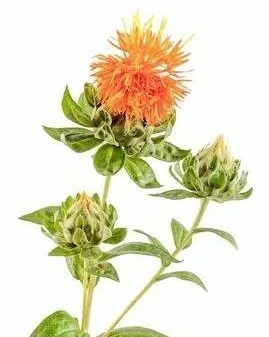
4
It is warm in nature and spicy in taste. Pregnant women should use it with caution.
Pharmacopoeia states:
Source: This product is the dried flower of the Asteraceae plant Carthamus tinctorius L.. The flowers are harvested in summer when they change from yellow to red, then dried in the shade or sun.
Efficacy: Invigorates blood circulation, regulates menstruation, disperses blood stasis, and alleviates pain.
Indications: Used for amenorrhea, dysmenorrhea, retained lochia, abdominal masses, traumatic injuries, and painful sores.
Classic
Formula
Xuefu Zhuyu Decoction
Ingredients: Taoren (Peach Kernel), Honghua (Safflower), Danggui (Angelica Sinensis), Shengdi (Rehmannia Root), Chuanxiong (Ligusticum Chuanxiong), Chishaoyao (Red Peony Root), Niuxi (Achyranthes Bidentata), Jiegeng (Platycodon Root), Chaihu (Bupleurum), Zhike (Bitter Orange), Gancao (Licorice)
Efficacy: Invigorates blood, dispels stasis, regulates qi, and alleviates pain.
Indications: For blood stasis in the chest, chest pain, chronic headaches, pain like a needle prick with a fixed location, persistent hiccups, internal heat and irritability, palpitations and insomnia, irritability, tidal fever, dark lips or dark circles under the eyes, dark red tongue or purplish spots, and a wiry or tight pulse.
Formula Song: Xuefu Taohong Siwu Decoction, Chaihu, Zhike, Jiegeng, Niuxi, Gancao are included, invigorating blood and dispelling stasis while regulating qi, making it the primary formula for blood stasis in the chest.
Formula Explanation: This formula addresses blood stasis obstructing the chest, qi stagnation, and heat generated from prolonged stasis. Taoren breaks blood stasis and moistens dryness, while Honghua invigorates blood and dispels stasis to alleviate pain, serving as the monarch herb. Chishaoyao and Chuanxiong assist the monarch herb in invigorating blood and dispelling stasis; Niuxi helps to dispel stasis and open the meridians, guiding blood downward, serving as minister herbs. Danggui nourishes blood and invigorates blood, dispelling stasis and generating new blood; Shengdi cools blood, clears heat, and removes stasis heat, working with Danggui to nourish blood and moisten dryness, ensuring that dispelling stasis does not harm the righteous qi; Zhike smooths qi stagnation in the chest; Jiegeng promotes lung qi and aids in qi movement, working with Zhike to open the chest and facilitate qi and blood flow; Chaihu smooths liver qi and regulates qi, serving as an assistant herb. Gancao harmonizes the other herbs, serving as a messenger herb. This formula combines blood-invigorating, stasis-dispelling, qi-regulating, and blood-nourishing herbs, effectively invigorating blood while regulating qi, dispelling stasis while generating new blood, making it a foundational formula for treating all blood stasis and qi stagnation.
Comparison of Authentic and Adulterated Honghua
Honghua has the efficacy of invigorating blood circulation and regulating menstruation, and is used primarily for women’s menstrual disorders. It is also applicable for various conditions such as varicose veins, peripheral neuritis, poor blood circulation, and symptoms of blood stasis like numbness or cyanosis in the legs. In recent years, due to insufficient supply, prices have risen, leading to the adulteration of the product with other substances or the dyeing of lower-quality herbs to improve appearance, severely affecting medical efficacy and endangering human health.
Identification of Honghua and Its Adulterants···
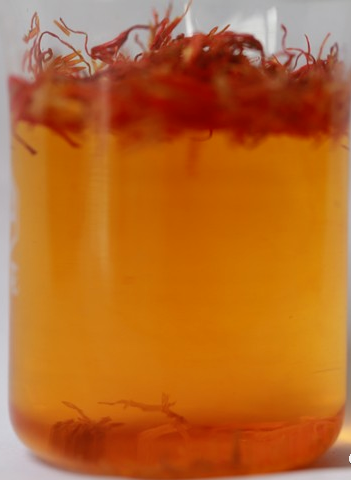
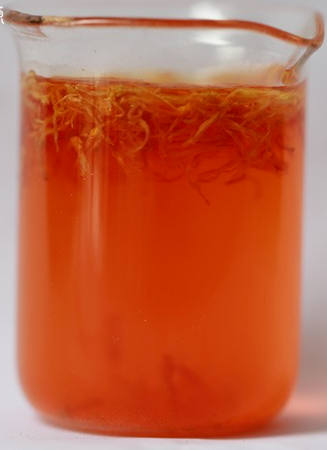
|
Honghua |
Adulterants |
|
|
Appearance Characteristics |
Flower crown is red or yellow-red, naturally loose, and light in weight |
Flower crown is deep red or dark red, poor looseness, with visible clumps, and heavier in weight |
|
Odor |
Has a distinctive aroma, slightly bitter |
Faint aroma, bitter and astringent |
|
Water Test |
Water turns golden yellow, liquid is clear with little sediment |
Water turns red or orange, liquid is turbid with some sediment |
Modern Pharmacological Research
Honghua contains safflower glycosides, safflower quinones, and new safflower glycosides. The components vary with the maturity of the flowers; pale yellow flowers mainly contain new safflower glycosides and trace safflower glycosides; yellow flowers mainly contain safflower glycosides; orange-red flowers mainly contain safflower glycosides or safflower quinones. It also contains safflower yellow, quercetin, palmitic acid, myristic acid, and lauric acid. Modern studies indicate that Honghua can stimulate the uterus, dilate blood vessels, improve microcirculation, and exhibit anticoagulant, antithrombotic, and lipid-lowering effects.
References:
[1] Min Chunyan, Fu Lingyan, Wang Qi, Lu Jing. Experimental Study on Detection Methods for Adulteration and Dyeing of Honghua Medicinal Material [J]. China Pharmacy, 2011, 25(08): 772-775+850.
Guess the Next Traditional Chinese Medicine

